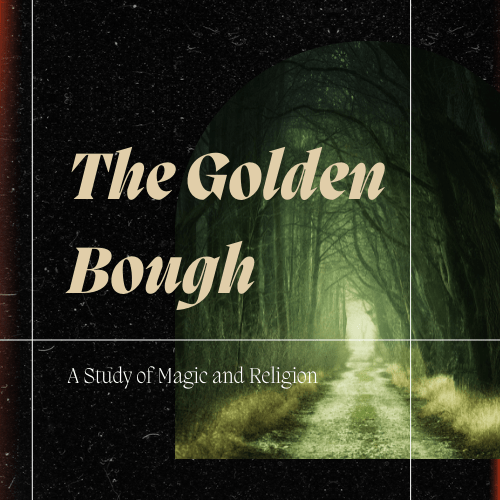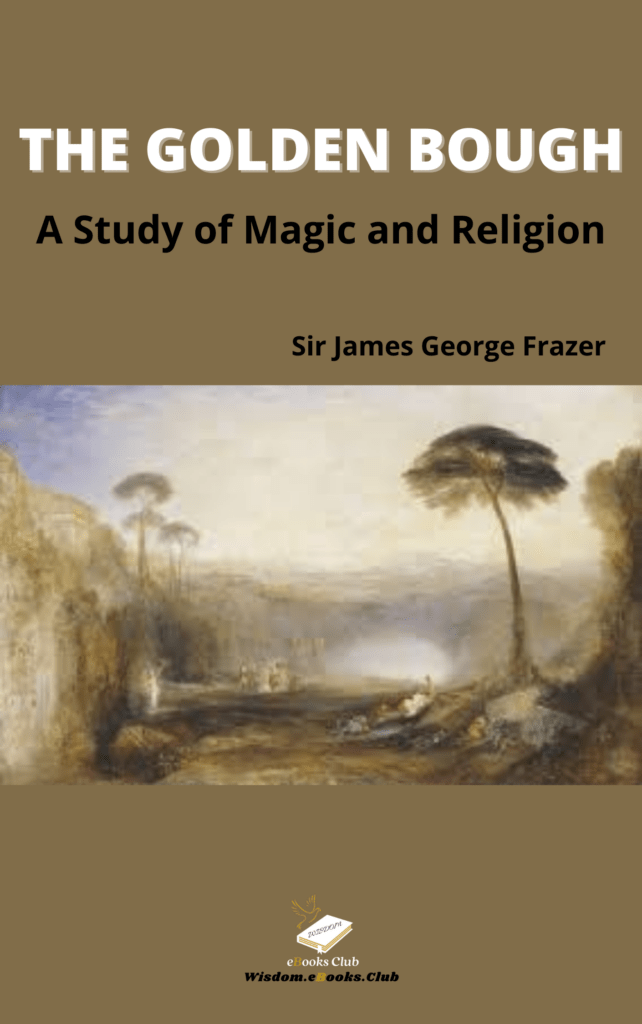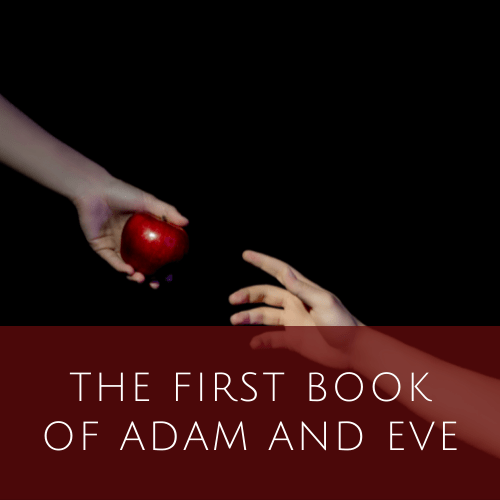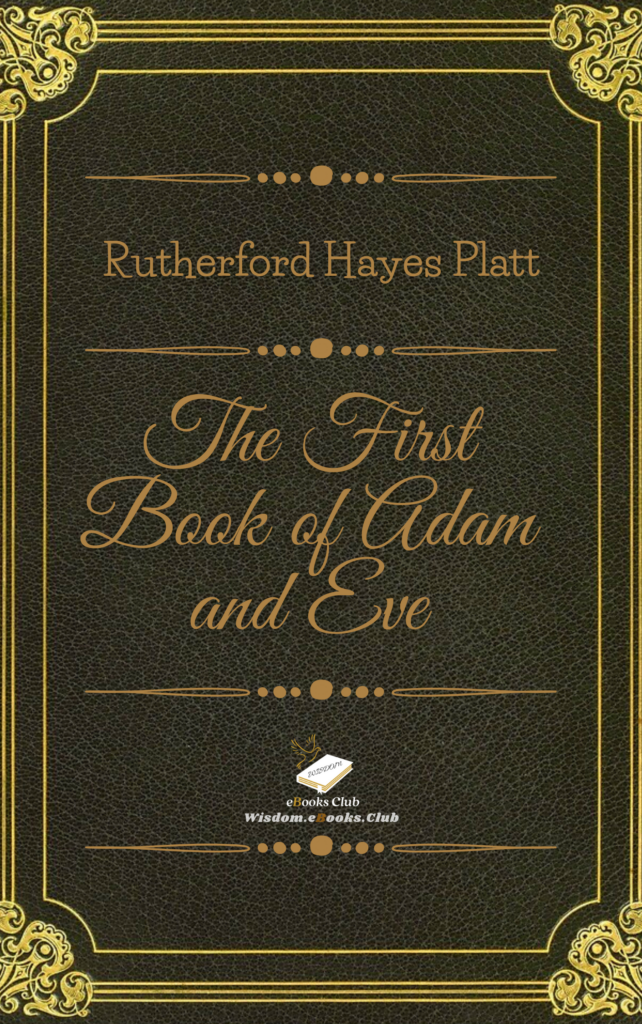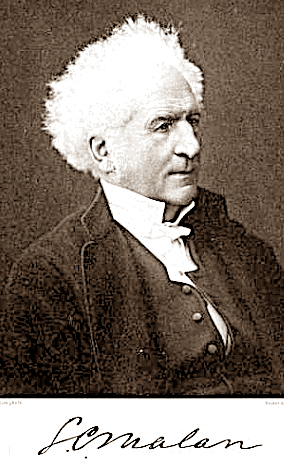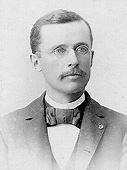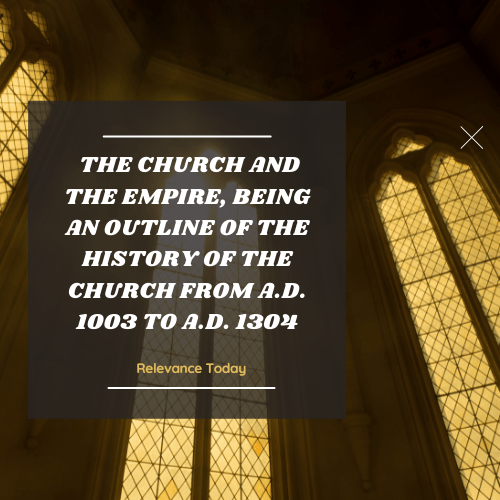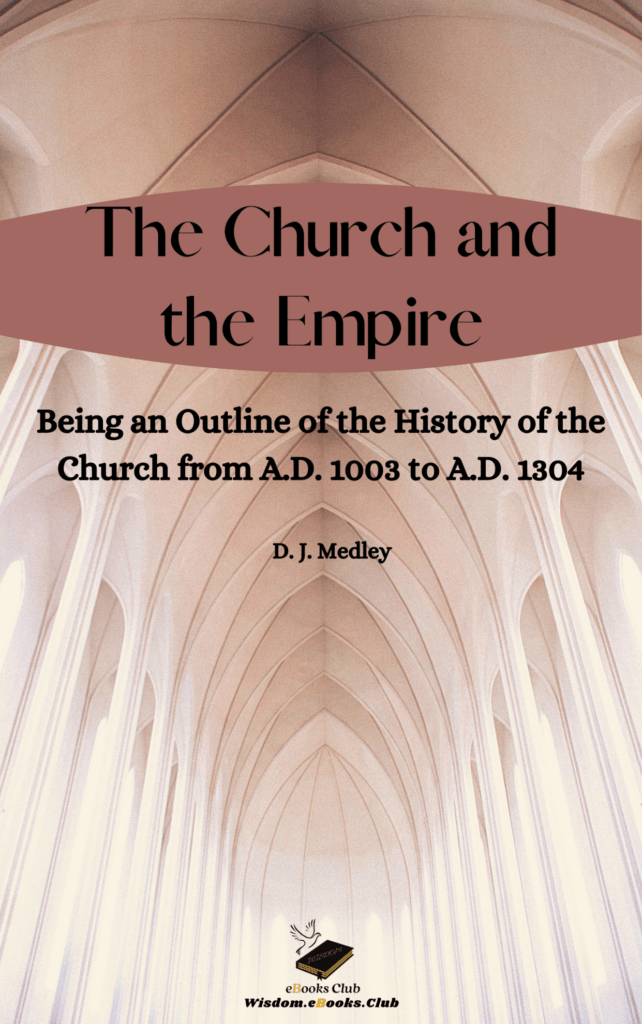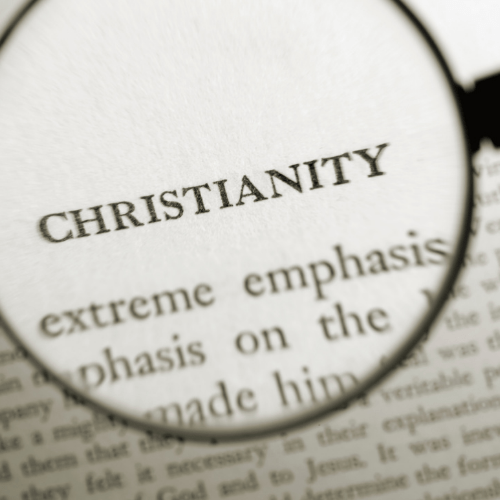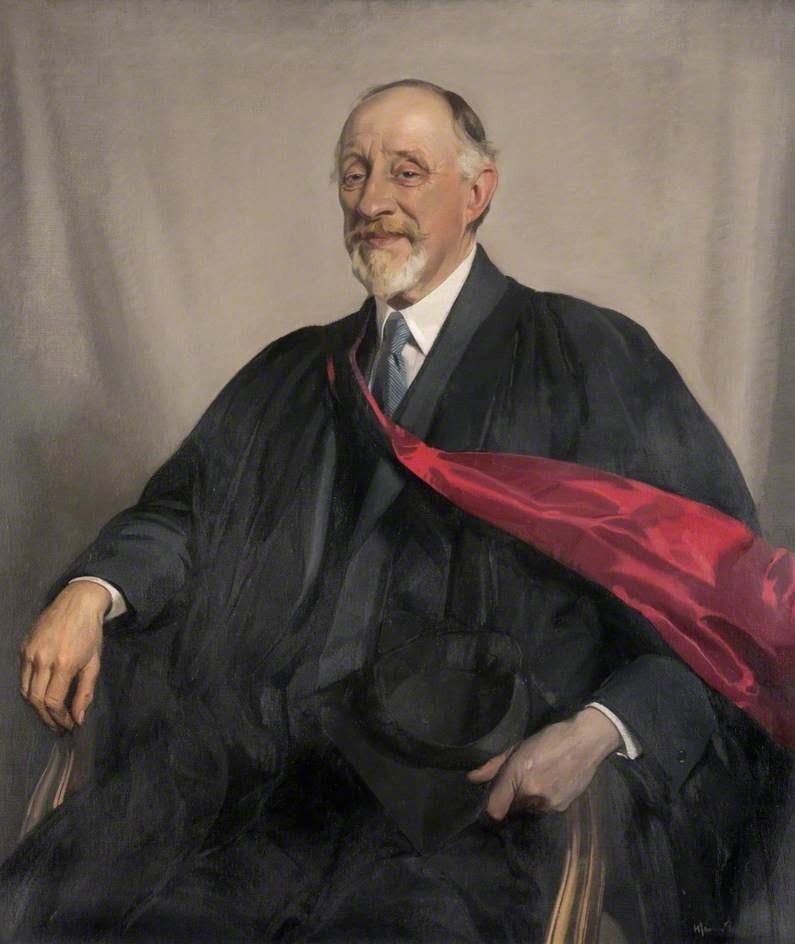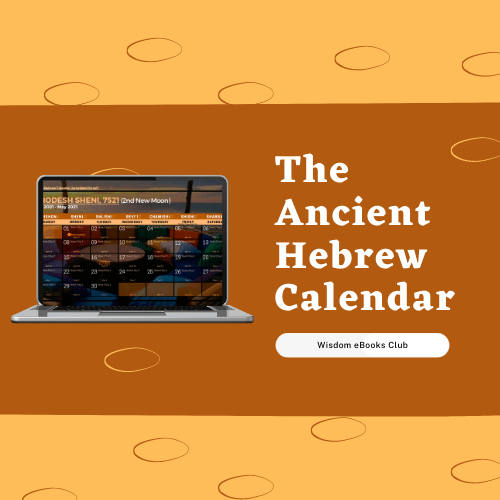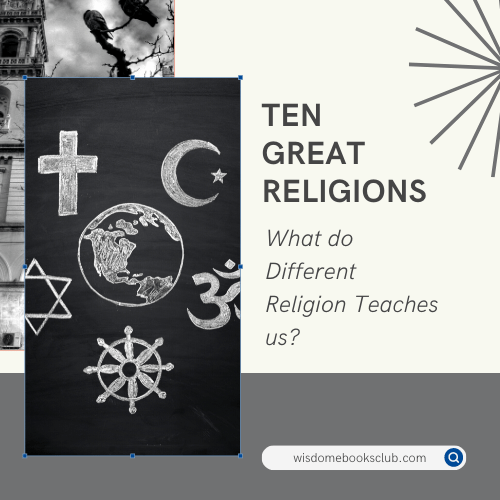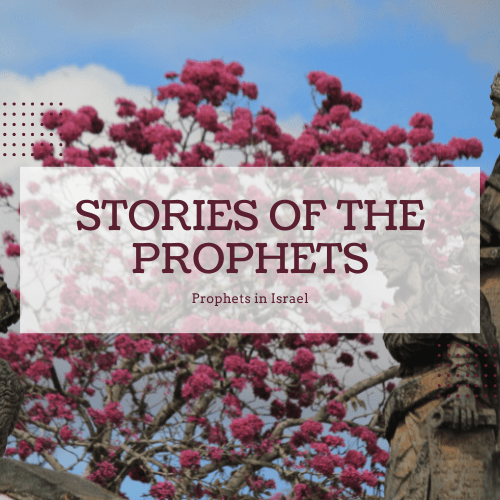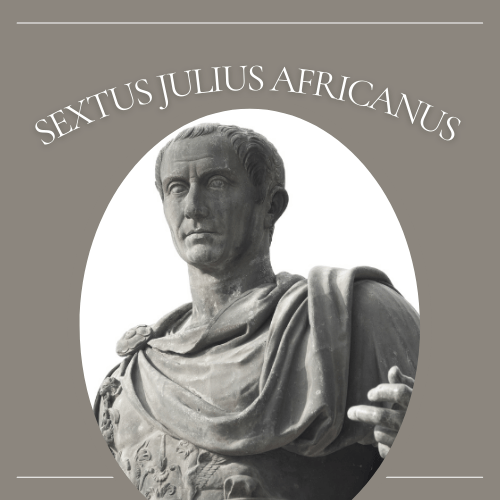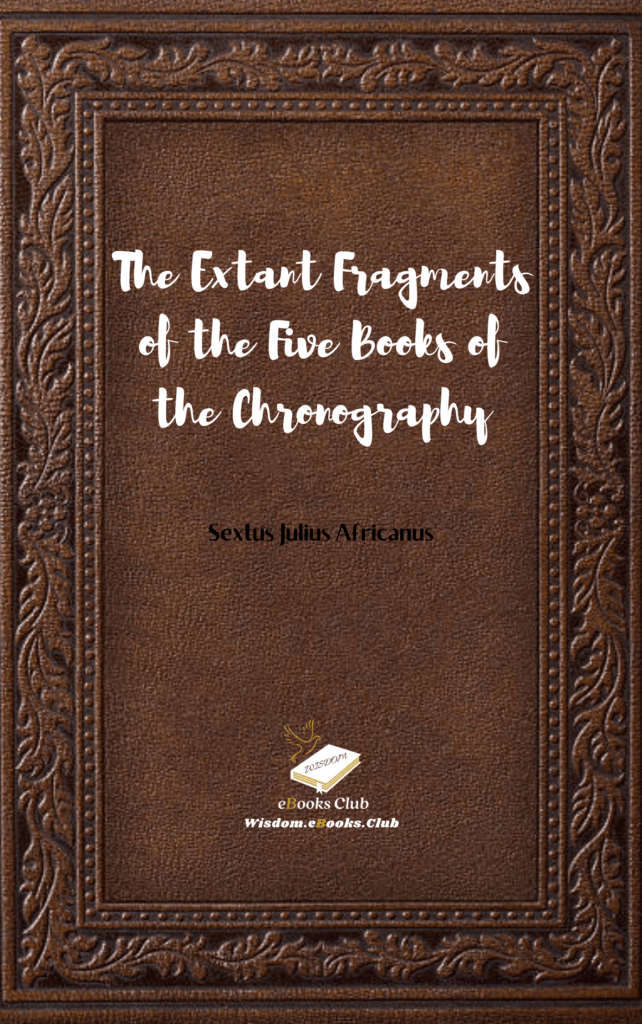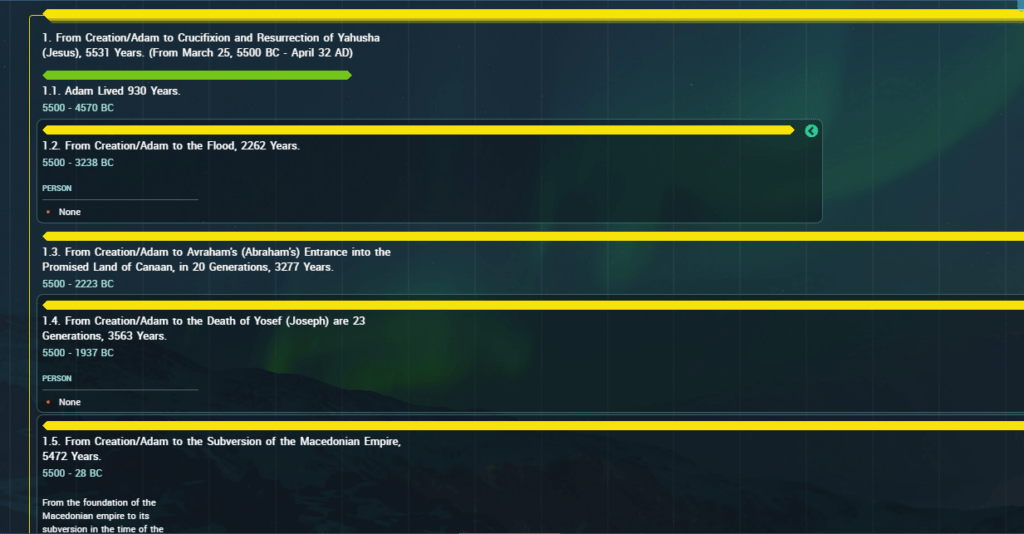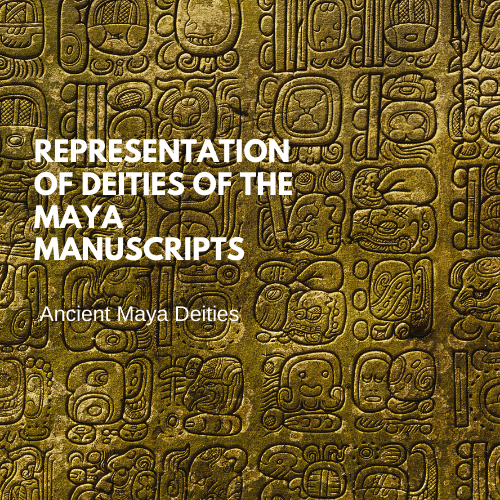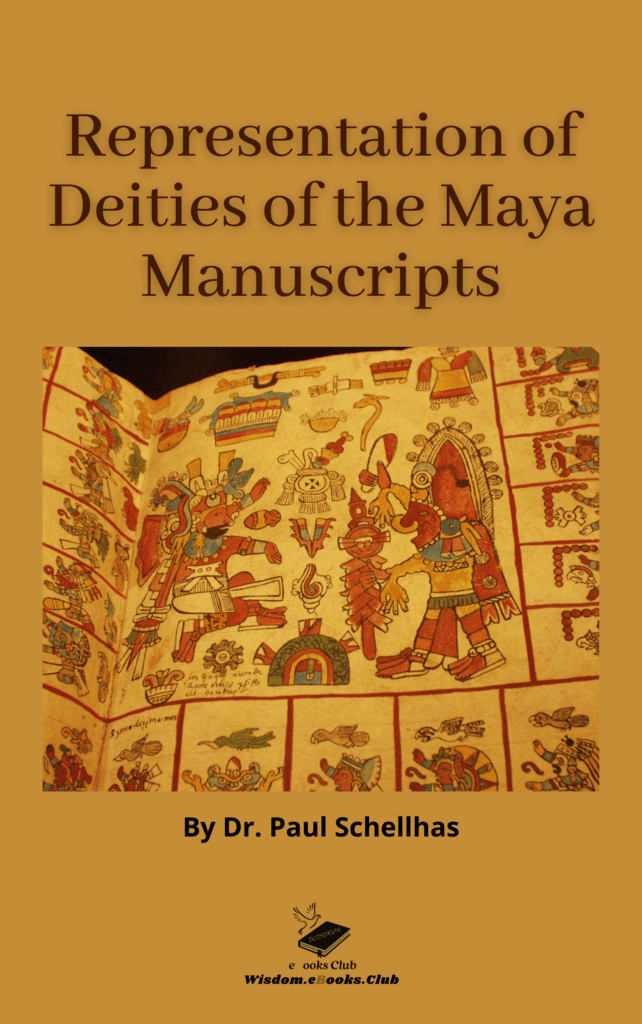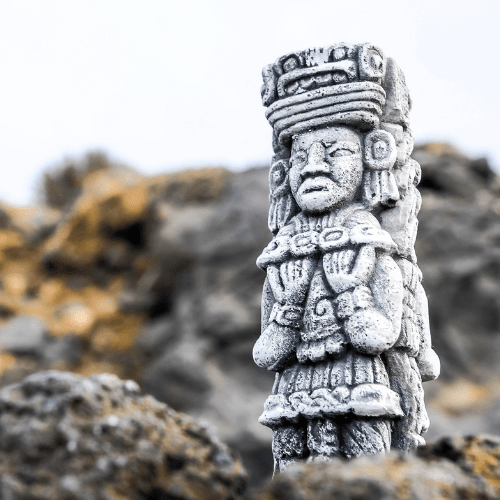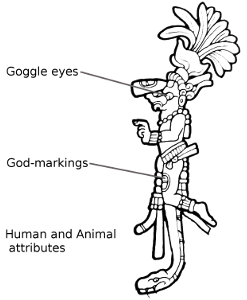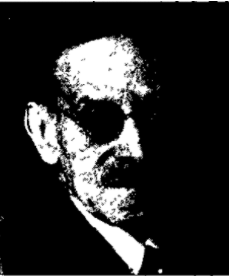The Jesus of History
The Jesus of History
Why Care about the Historical Jesus
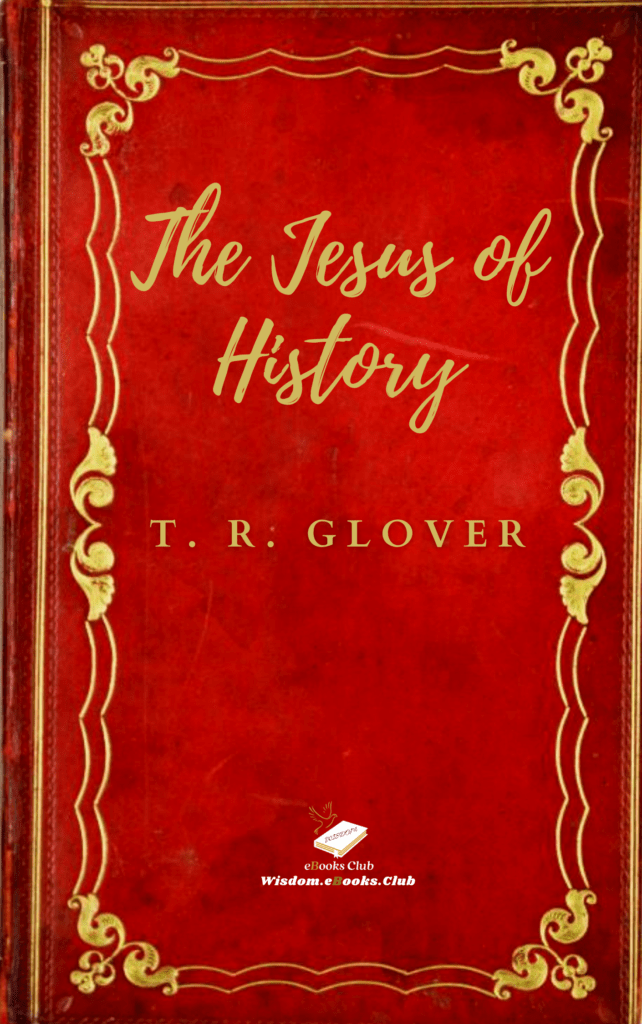
The Jesus of History is a religious study that has grown out of lectures upon the historical Jesus given in a good many cities in India during the winter 1915-16. The lectures were written in shorthand in Calcutta and revised in Madras; and most were re-written in the six following months by T. S. Glover.
Jesus, also referred to as Jesus of Nazareth and Jesus Christ, was a first-century Jewish preacher and religious leader who became the central figure in Christianity. Most Christians believe him to be the incarnation of God the Son and the awaited Messiah (Christ) prophesied in the Old Testament. Most modern scholars of antiquity agree that Jesus existed historically, although the quest for the historical Jesus has produced little agreement on the historical reliability of the Gospels and on how closely the Jesus portrayed in the Bible reflects the historical Jesus. Jesus was a Galilean Jew who was baptized by John the Baptist and began his own ministry, preaching God’s message. Jesus debated with fellow Jews on how to best follow God, engaged in healings, taught in parables and gathered followers. The Jewish authorities arrested and tried him, and turned him over to the Roman government, and he was crucified on the order of Pontius Pilate, the Roman prefect.
After his death, his followers believed he rose from the dead, and the community they formed eventually became the Christian Church.
This book begins with a study of the individual Jesus as a simple carpenter and his passion for nature and extracted what his life was like from historical accounts and Biblical scripture. In the beginning we get to know him as a mere man through the eyes of a citizen of the first century. The author builds a case for the amazing life of the man called Jesus and his incredible impact on humanity and builds up into the psychology of a man still bowed down to today.

The question about the historical Jesus boils down to this: who was the ancient human being named Jesus of Nazareth? It’s not a question about what Christians or other religious folk understand about Jesus. The question does not consider any title for Jesus, like Prophet or Priest or King or Savior. It’s a question about a human being of history. It is the same question we can ask about Socrates or Confucius or Aristotle. To many people, this question is an academic one. Yet, the study of the historical Jesus, unlike the historical Aristotle, is never just a question of history.
Jesus is also a legend who holds the central position in Christianity and an important position in Islam. In Christianity he is the God Incarnate, and in Islam he is the messenger of revelation from God. The study of the historical Jesus is not just an academic one. It is a question that challenges the very heart of religion and its meaning for well over four billion people worldwide.
To tell anyone what Christianity is, we must begin with Jesus — with the Jesus who lived in our midst, with “the historical Jesus.” The Jesus who was, who is and who will be. He is the same yesterday, today and tomorrow. Let us hope that those who themselves have tried to draw the likeness attempted in this book will best understand, and perhaps more easily forgive, failures and mistakes of others and themselves.
Terrot Reaveley Glover
Classical Scholar and Historian
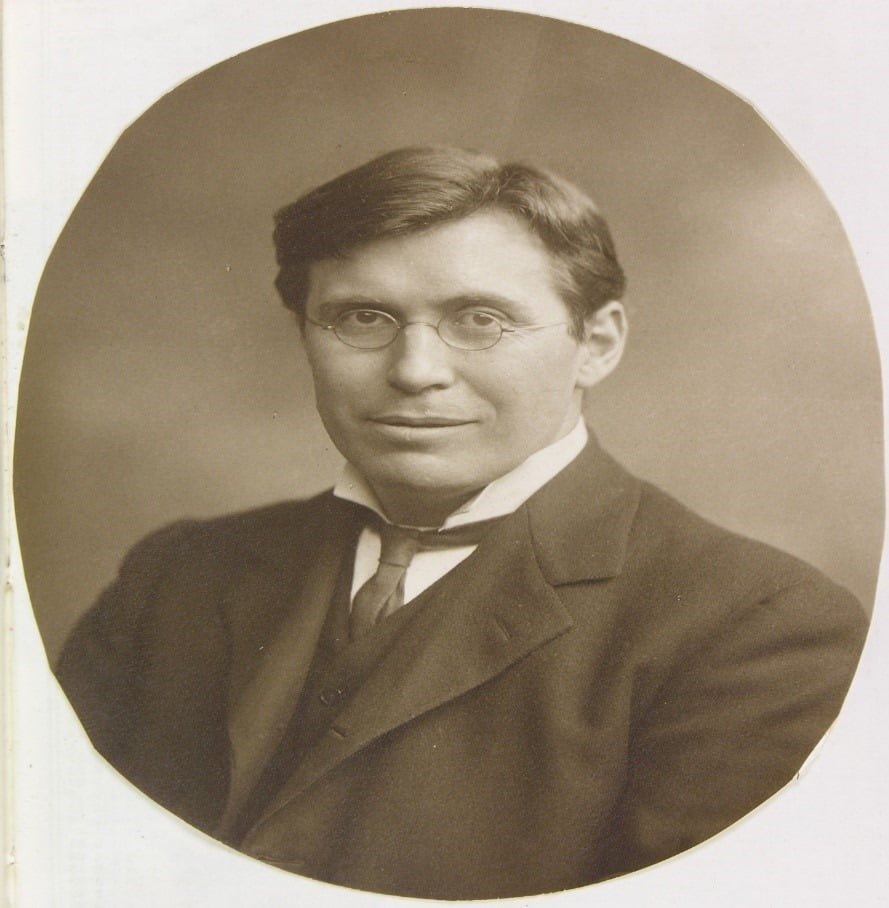
- Terrot Reaveley Glover (T.S. Glover), classical scholar and historian, was born in Cotham, Bristol, United Kingdom on July 23, 1869.
- He attended Bristol Grammar School before entering St John’s College, Cambridge, in 1888, where he became a Fellow in 1892.
- They appointed him Professor of Latin at Queen’s University, Kingston, Ontario, in 1896. Glover returned to Cambridge in 1901 as a teaching fellow at St John’s, and was a university lecturer in ancient history, 1911-1939, and orator, 1920-1939.
- He died in Cambridge on 26 May 1943. Glover worked as a lecturer for 20 years, and wrote several well-known books, including The Jesus of History, Poets and Puritans and The Conflict of Religions in the Early Roman Empire.
Quotes by T. R. Glover
“The kind Apollo (ho phílos),” he says, “seems to heal the questions of life, and to resolve them, by the rules he gives to those who ask; but the questions of thought he himself suggests to the philosophic temperament, waking in the soul an appetite that will lead it to truth.” ― T.R. Glover, The Conflict of Religions in the Early Roman Empire
“The eunuch priests of Cybele and the monks of Serapis introduced a new abstinence to Western thought. It is significant that Christian monasticism and the coenobite life began in Egypt, where, as we learn from papyri found in recent years, great monasteries of Serapis existed long before our era. Side by side with celibacy came vegetarianism. No” ― T.R. Glover, The Conflict of Religions in the Early Roman Empire
Works by T. R. Glover
- Studies in Virgil (1904)
- The Conflict of Religions in the Early Roman Empire (1909)
- Poets and Puritans (1916)
- From Pericles to Philip (1917)
- Jesus in the Experience of Men (1921)
- The Pilgrim: Essays on Religion (1921)
- Progress in Religion to the Christian Era (1922)
- The Jesus of History (1922)
- The Nature and Purpose of a Christian Society (1922)
- Herodotus (1924)
- Apology: De Spectaculis (With Felix M. Minucius) (1931)
- Democracy and Religion (1932)
- The Ancient World: A Beginning (1935)
To see more information about this topic or other religious topics, you may check the books and magazines available at www.wisdomebooksclub.com or visit our peals of wisdom page page by clicking on this link to access more interesting blog articles, games, quizzes, music videos, religious poems, Jewish recipes, popular sermons, and more.
